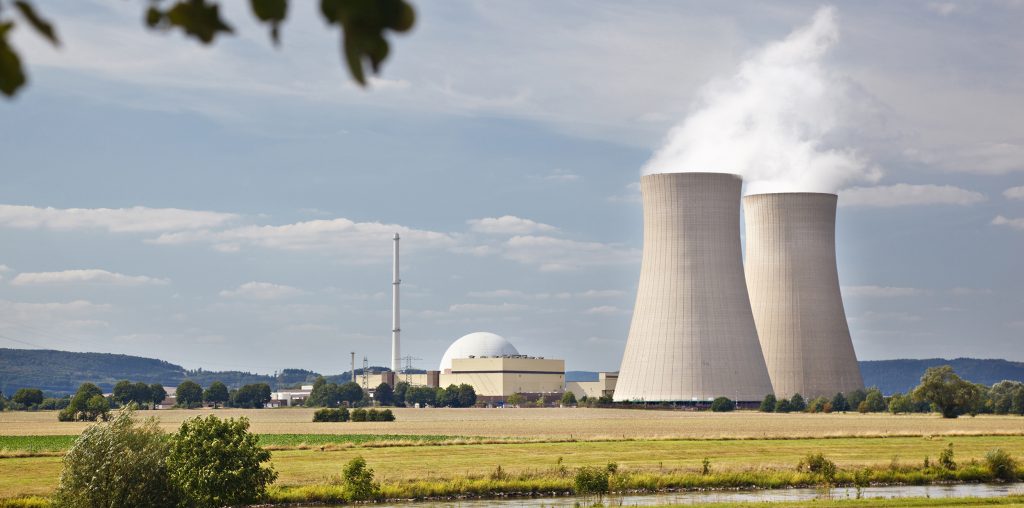The term “Nuclear bomb” inspires both awe and fear in those who encounter it, and for good reason. With escalating tensions between the United States and countries such as North Korea and Russia, many people fear that a nuclear attack is likely. Experts from different disciplines dispel the possibility of nuclear war. Even with the unlikelihood of a hostile attack, the US remains to be the world’s largest producer of nuclear power. With 100 plants spread across 31 states, the US has the highest risk of suffering from a nuclear meltdown; similar to the one in Fukushima, Japan in 2011, and Chernobyl, Ukraine in 1986. Either event would be catastrophic, with severe impacts on resources and the health of anybody living in the affected areas. Einstein summarized it perfectly when he said: “I know not with what weapons World War III will be fought, but World War IV will be fought with sticks and stones.” Nuclear disasters are something that reactionary thinking would not solve, so as always, we recommend being proactive.
Predicting a nuclear attack is a tall order due to many variables. Experts have calculated that if international relations between countries remain the same, the odds increase at 1% per year. Former Vice President Cheney applied this when pressed about the possibility of Al Qaeda developing nuclear weapons back in the early 2000s. He said: “If there’s a 1% chance that Pakistani scientists are helping Al-Qaeda build or develop a nuclear weapon, we have to treat it as a certainty in terms of our response. It’s not about our analysis … It’s about our response.” Simply put, our response is measured based on the levels of hostility between all parties concerned.
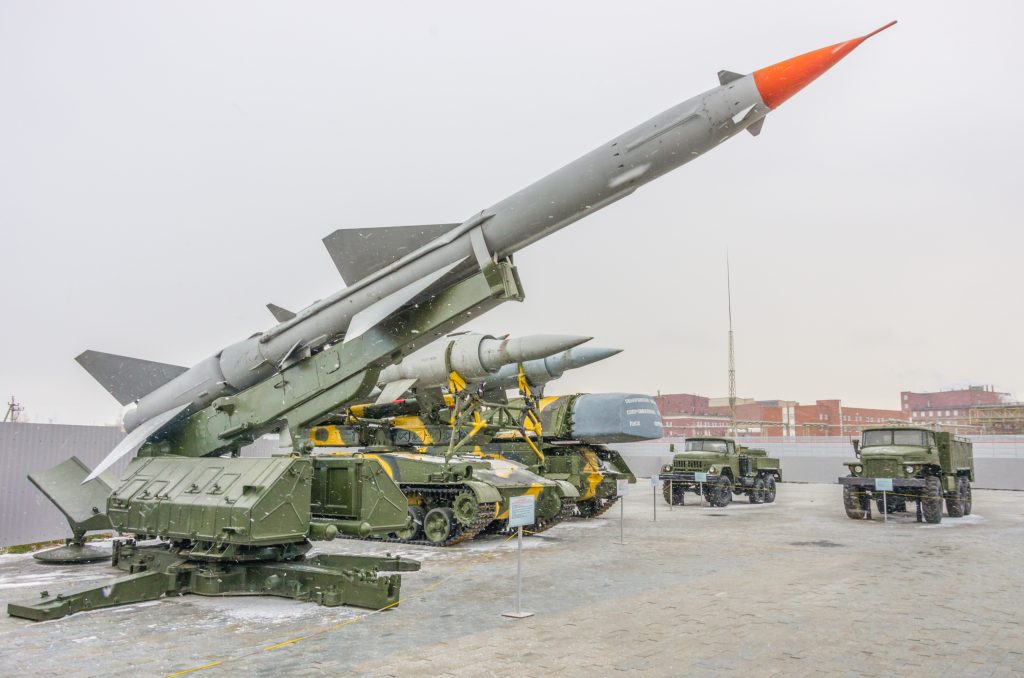
This means that in 10 years of no significant change in international relations, the probability of a hostile would be at 10%, and so on. For perspective, if you are under 30 and things continue to go south, there is a 50/50 chance that you will see nuclear war in your lifetime. This metric also reveals that your children will have a whopping 80% probability of experiencing an attack.
On the flip-side though, we have yet to see any nuclear power utilize its nuclear arsenal for war since WWII. This trend is guided by a political science concept called the “M.A.D. Doctrine”. It stands for Mutually Assured Destruction, which points to a scenario where no one wins . Let’s say a country targets another country with a nuclear bomb. Its target or the target’s ally would retaliate without question. That would spell disaster for both parties involved; hence, launching nuclear weapons would be counter-intuitive. This no-win outcome gave the Cold War its relative peace.
The US and the former USSR did not fire a single missile in hostility back then. Tensions were settled between both superpowers so effectively that instead of open conflict, proxy wars (like the Korean and Vietnam wars) became the order of the day. Surprisingly, both superpowers engaged in joint testing and development of nuclear bombs. The US and the USSR had treaties like 1974’s Threshold Test Ban Treaty (TTBT) and 1988’s Joint Verification Experiments (JVE) to ensure that both sides place limits of the yields of their respective stockpiles.
International relations were easier back then too. There were only two superpowers representing opposing ideologies with allies who subscribe to what they preach. As exhibited by their cooperation, it is clear that both countries were aware of the dangers surrounding flirtations with using nuclear weapons. Both saw it fit to regulate how these things are made and stored.
Things are much different now. Gone is the monolithic rival superpower that was the USSR. In exchange, the world has to deal with “rogue states” like North Korea that operate on a different and more personal and authoritarian philosophy. Although elements of Cold War politics can be seen today (i.e. saber rattling, playing chicken), all countries involved no longer aim to promote ideologies. Instead, it features an ego-driven, high-stakes game played by unpredictable personalities who seem to think about the sake of their constituents as secondary. Politics is both the safeguard and the trigger of nuclear war. If world leaders somehow make the mistake of using these incredible killing tools, everyone loses.
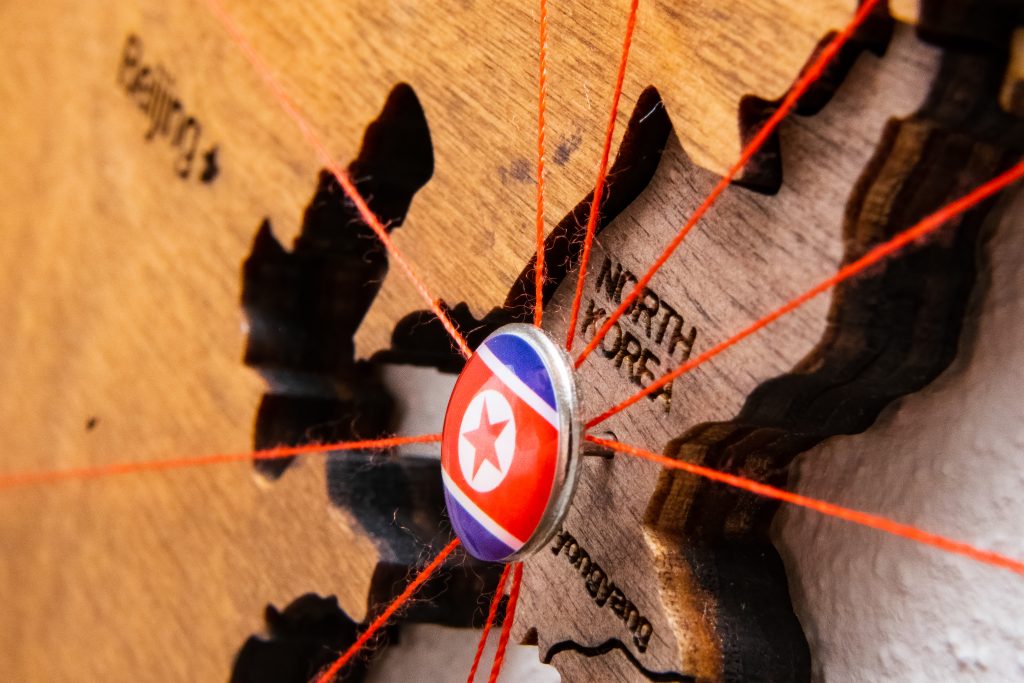
Both times nuclear bombs were used in war was against the Japanese. Records have shown the terrible devastation these tools of war can deliver. People who were unfortunate enough to be an ground zero got vaporized; literally erased from existence. The fallout gave survivors cancer and radiation poisoning. The explosion itself (coupled with the shockwave) decimated almost all infrastructure, making it difficult for people to seek medical attention. Some people went blind because they looked at the explosion directly.
It took decades before Nagasaki and Hiroshima became habitable again. The legacy of WWII remains with the Japanese to this day. One scary fact is that modern nuclear weapons are 3000 times more powerful than that of the bombs dropped at Japan. We can expect that if a nuclear attack happens, the complications we will experience would be exponentially more than what the Japanese endured.
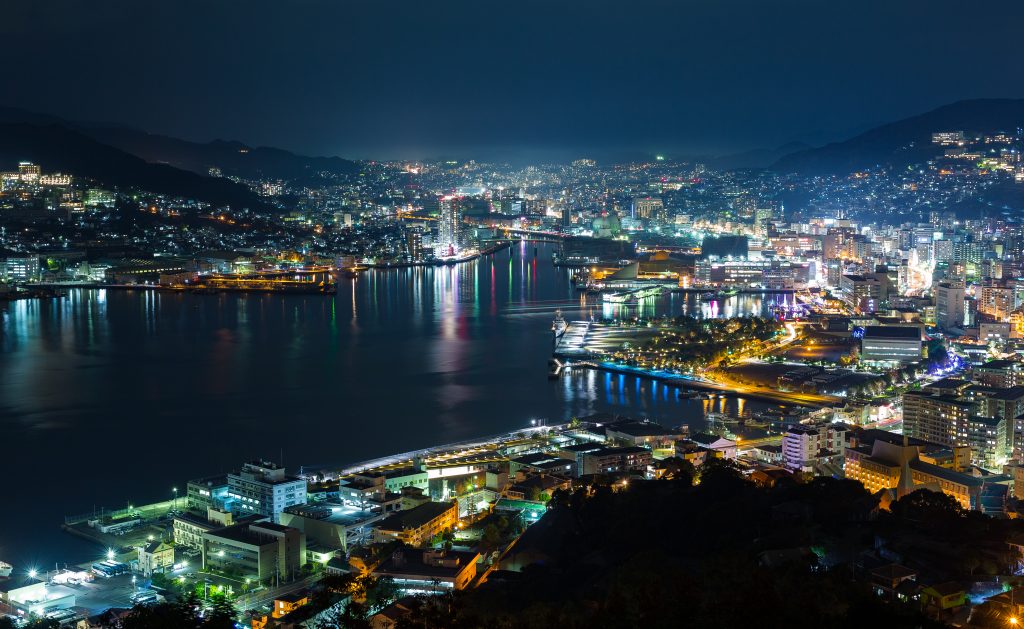
An openness to negotiate greatly reduces the chances of thermonuclear war. Even if Kim Jong Un sticks to his guns (or bombs), the M.A.D. doctrine still has clout. History provides us great consolation in the sense that we only used nuclear weapons in open conflict once. The Cuban Missile crisis was the closest the world came to a thermonuclear war, yet cooler heads prevailed. Patterns have emerged in the practice of politics and international relations, and this somewhat gives us a barometer of how things can escalate or settle down. At the end of the day, the possibility of an open nuclear conflict will always be there. But its political nature somewhat makes it less likely than a meltdown. Nuclear Meltdowns – The More Likely Scenario
The term nuclear meltdown invokes much fear. The default setting for people upon hearing this term is to think of the worst case scenario. Chernobyl and Fukushima are but 2 out of 11 recorded instances of nuclear meltdowns in history. So what is a meltdown? Simply put, this is the partial or total collapse of a nuclear reactor with overheated fuel rods.
Reactors in nuclear bombs and power plants operate on the same basic principle: splitting the atom (fission). That split results in the fuel (Uranium) heating up fast. The heat generated boils water that it’s submerged in, and the steam powers massive turbines which create electricity. Water is continuously supplied to the reactor to ensure that it does not overheat and that there would always be water to boil. Failure to maintain manageable temperatures in the reactor would result into the chamber exploding. In turn, it would release toxic and highly radioactive isotopes into the atmosphere, or it can seep into underground water reserves. Power plants are not the only ones vulnerable as nuclear submarines are prone to this as well. With Uranium having a half-life of 4.5 billion years, the impact a meltdown has on the environment is unfathomable.
To lessen risks, modern nuclear plants have automatic shutdown mechanisms that stops the fission process. These mechanisms are in place for changing the fuel rods and in times of emergency. Control rods are inserted between the fuel rods, which instantly stops fission. Modern designs also ensure a continuous supply of water as “decay heat” (energy that no longer comes from fission) still has the capacity to evaporate liquid. Though there are “walkaway safe” plants, these require human intervention not more than 72 hours (not to mention these are mostly small and experimental reactors). For majority of nuclear power plants in operation, workers have to stay behind to ensure that reactors are cooled. Predicting the Odds of a Nuclear Meltdown
Meltdowns are difficult to predict because they are multifaceted occurrences. Leaps and bounds have been made to keep nuclear power plants safe. However, engineers and scientists admit that these structures are not 100% disaster proof. With natural disasters becoming more frequent and increasing in magnitude, it is near impossible to gauge the damage a natural disaster could do to a plant. Nuclear plants are also vulnerable to power outages. Cooling is largely automated. If power connections to these systems are severed, then employees have to ensure that decay heat is responded to. Let’s discuss Fukushima briefly.
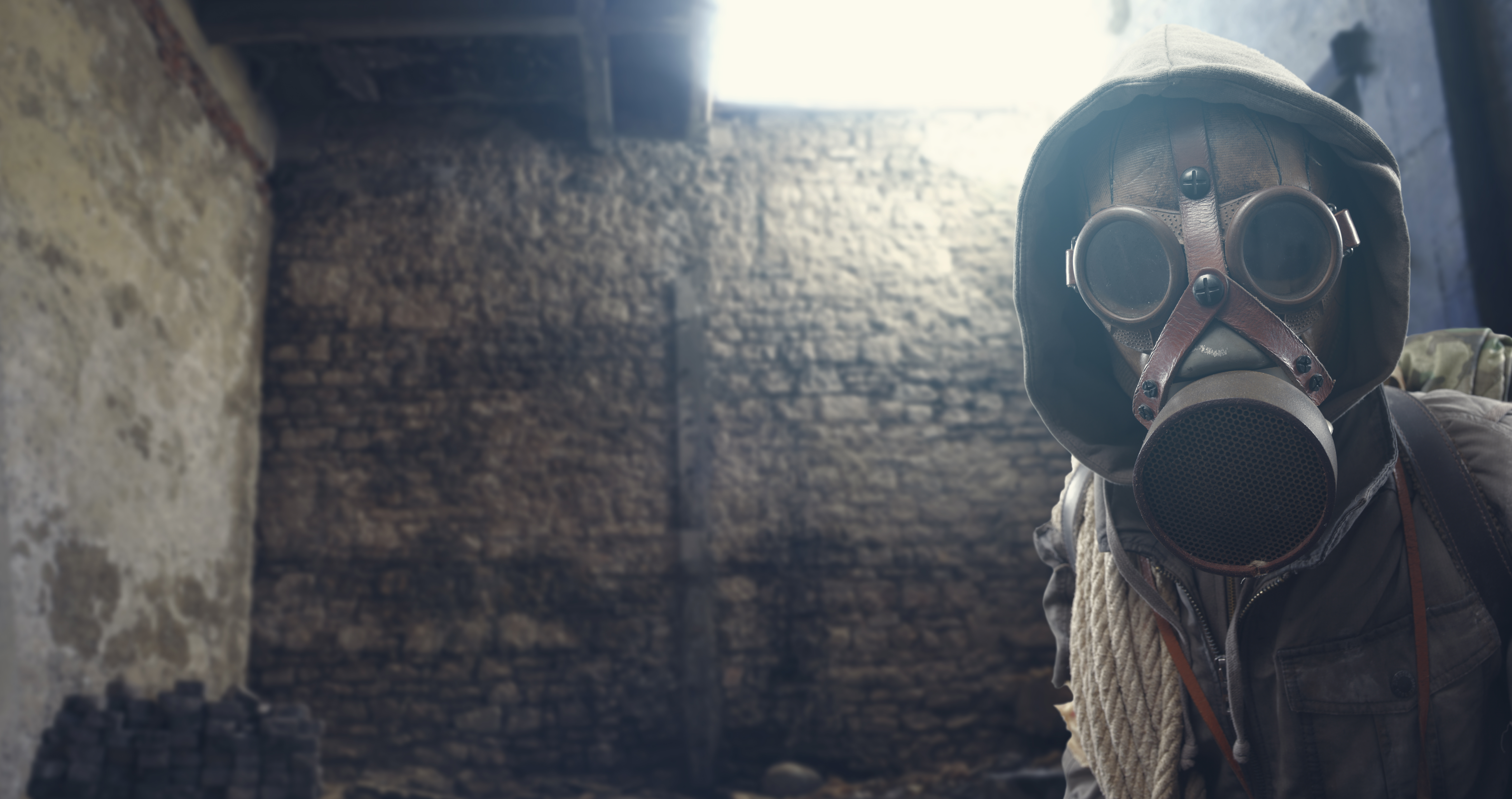
In keeping with safety mechanisms, control rods were put in place after the earthquake triggered a shutdown. Unfortunately, the cooling system failed because the backup power infrastructure was damaged by the quake. The fission stopped but the decay heat was so intense that the coolant evaporated fast. It was quicker than how employees in the plant were in replacing it. Zirconium in the fuel rods also reacted with the boiling water, which led to the buildup of hydrogen. These buildups triggered several explosions. The worst of the explosions occurred in reactor No. 2, which saw the containment chamber breached, spewing out radioactive gasses into the atmosphere. In response, a 12-Mile radius evacuation zone was implemented and people in surrounding areas were advised to stay indoors. They also imbibed prophylactic iodine to prevent radiation absorption.
By some small fortune, westerly winds were prevalent at the time and these radioactive materials were blown-out to sea; thus sparing people from major medical complications. The ecological damage remains to be incalculable. No one could have thought that a massive earthquake would trigger a tsunami, decimating multiple power plants in its wake. Yet ironically, this improbability happened in Fukushima, Japan; a country hailed for its safety standards.
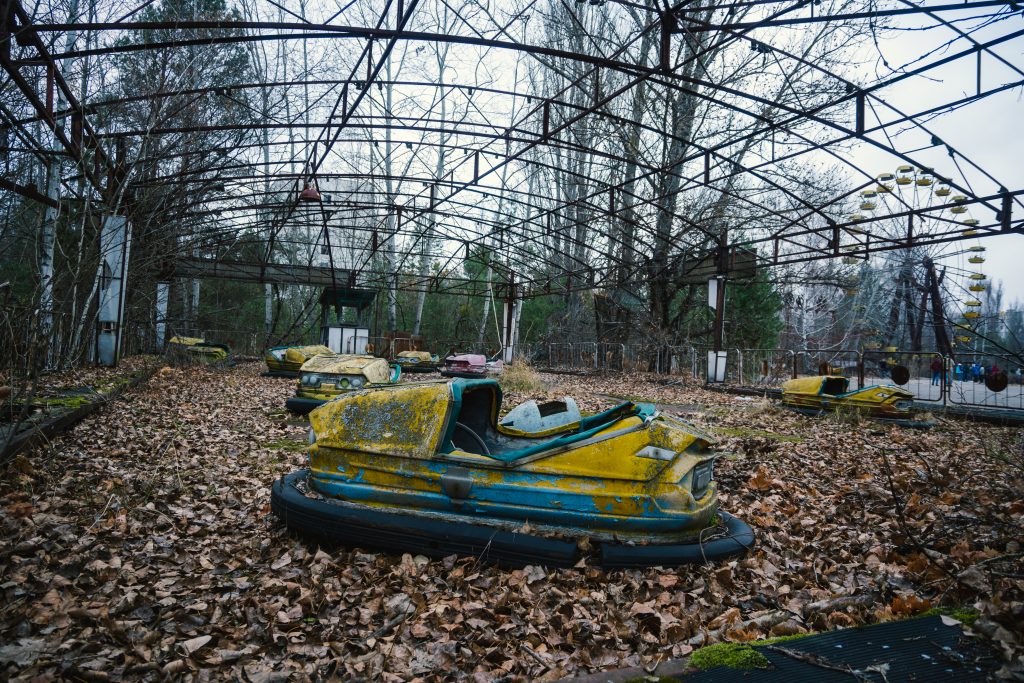
Chernobyl was, and remains to be, a prime example things going horribly wrong in a nuclear power plant. For all of the former USSR’s expertise at the time, they could not have thought it was possible for the plant to fail. But it did.
It started innocently as a test to determine how long the turbines would continue supplying power to the main pumps following power loss. This test was conducted months prior but they were dissatisfied with how quick the turbine ran out of power. After a series of mistakes and questionable decisions by the management on site, the test went south. The intricate balance of supplying water for cooling and creating steam was upended because of the desire to simulate low-power conditions. Communication between the operators of the control rods and the water pump broke down because of the enormous pressure the manager on duty placed on both of them. To make a long story short, a power surge within the reactor occurred which then led to an explosion.
Around 50 people died at the site of the accident, most of which were linked to radiation poisoning. Due to Cold War politics, the extent of the accident was not made known to the citizens of Pripryat and Kiev. As a result, citizens developed thyroid cancers and other medical complications related to radiation exposure. The explosion created a toxic plume that covered much of Europe. It even managed to reach the US and parts of Asia. The full impact of the accident remains to be elusive.
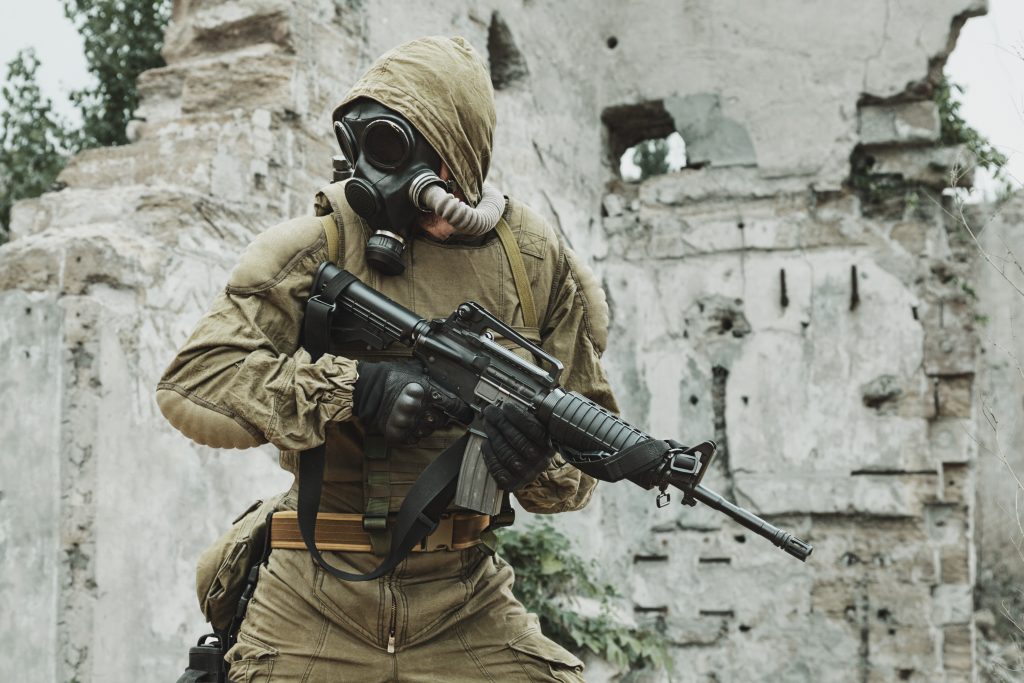
Simply put, nature always has the upper-hand and freak occurrences will and do happen.
The unpredictability of mother nature, combined with our inability as a species to fully control its processes, leave our nuclear power plants to its mercy. To compound the problem further. the entire system relies heavily on human input and digital efficiency. One mishap and it is off to catastrophe. This has been proven 11 times over, and it has happened 10 times more than when nuclear weapons used in our history. Modern consumption patterns makes us even more reliant on these technologies, and it is this reliance that puts us more at risk. It is currently estimated that around 65% of the population in the US live within 50 miles of nuclear reactors. Add to that the rising population densities within urban areas and we have a logistical nightmare if an evacuation is needed. What can be done to mitigate the risk?
The possibility of a nuclear disaster will always be present. Whether it is through open war or a meltdown, the toll it will have on our civilization would be terrible if left unabated. Fukushima Number 4 reactor continues to pose problems ecologically, as radioactive contamination is still being detected in the area. . The ever-evolving science of harnessing atomic energy and the continued development of experts gives us assurances for the future. At the same time however, it also makes us complacent. The fact that more than half of the population in US live within 50 miles of nuclear reactors shows that. Population densities in cities continue to increase, and the further complicates logistics with regards evacuation if an accident or an attack occurs.
So the takeaway is even if the odds are low, the odds are still there and we have to be prepared for it. In this spirit, we will be posting a detailed guide of what to do in case of a nuclear disaster. It will cover both scenarios discussed above. We would like to know your thoughts on this. What do you think are essential things preppers of all degrees should do in this situation? Share your thoughts in the comment section below or join the conversation on social media using the links at the bottom of the page.
